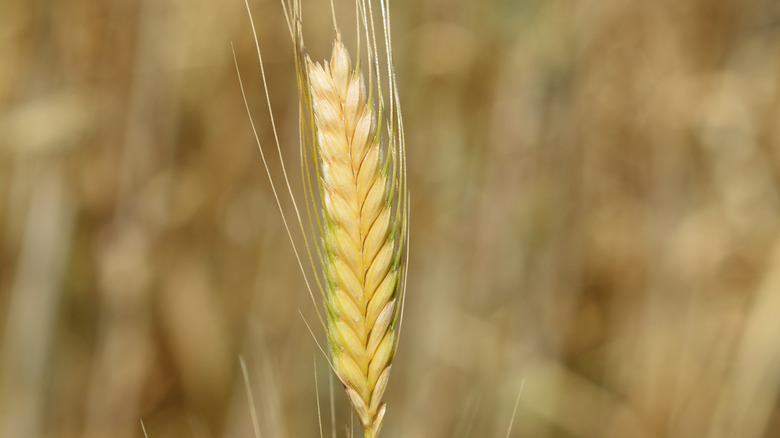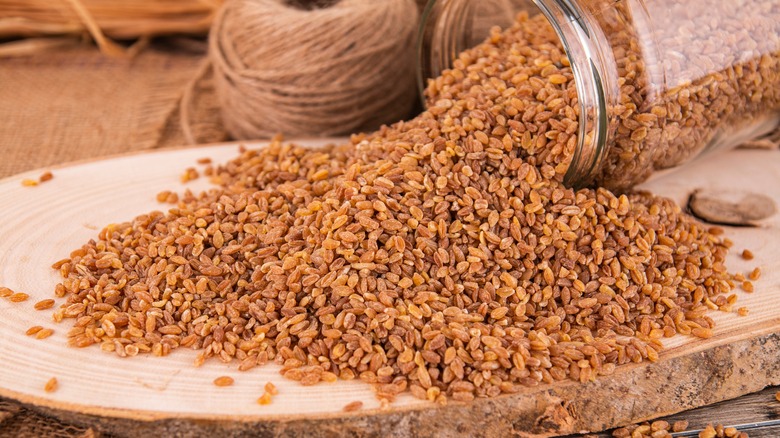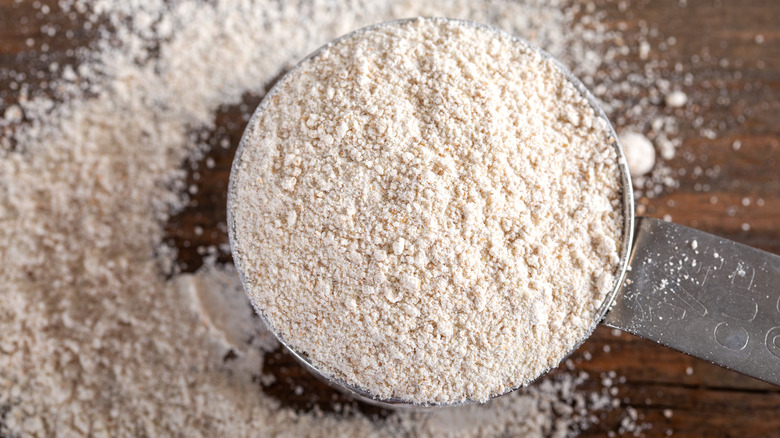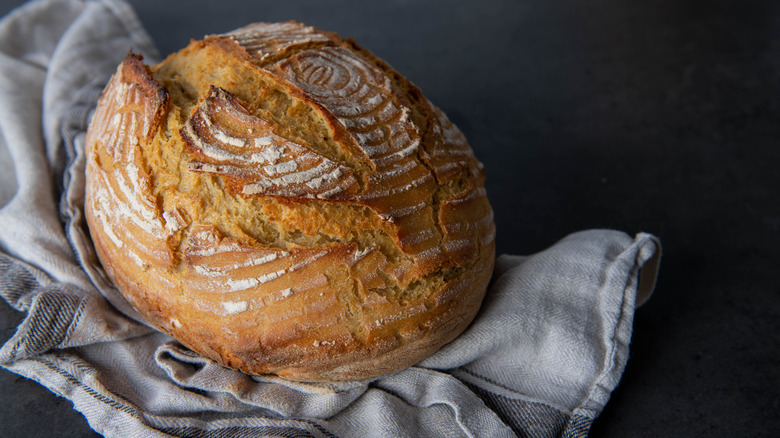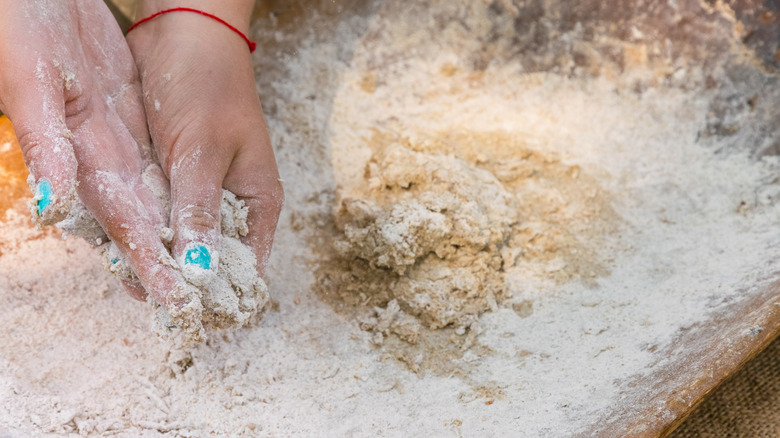What Is Einkorn And How Do You Eat It?
Over the past several years there has been an emergence of alternatives to traditional flours like all-purpose flour and whole wheat flour. Whether the popularity of alternative flours is because of the increase of individuals with gluten intolerance, due to the alternative flours having an increased nutritional value, or in some cases, a richer flavor and texture over traditional whole grains or flours.
Some of the popular alternatives to all-purpose or whole wheat flour include using ingredients that can be made into gluten-free flour options, like taking brown rice, almonds, or oats and grinding them into a flour that can be used in baking. But, another way people are using alternative flours is by rediscovering grains that were once more common, but for one reason or another fell out of popularity. Some of those long-forgotten grains and flours that have re-emerged in the past few years include sorghum, teff, buckwheat, spelt, and a lesser known grain called einkorn that's gaining popularity among people who want a healthier alternative to wheat flours.
The history of einkorn
Einkorn is the oldest wheat known to scientists, is considered an ancient grain, and some refer to it as man's first wheat. Einkorn is known as either Triticum boeoticum (which is the name for wild wheat), or Triticum monococcum (which is the name for the domesticated type of wheat). The grain's name is derived from German and loosely translates to "single grain."
Einkorn once grew wild in numerous parts of the world, and is believed to have originated in the areas of Turkey, Iran, Iraq, and Syria. The grain was first domesticated around 7,500 BC, although there's evidence it grew wild tens of thousands of years ago. Even though it has been domesticated, einkorn is the only grain that hasn't been hybridized. According to Jovial Foods, when it remains in its original, untouched form, einkorn can be considered the oldest and purest food in the world. Today, einkorn is grown in parts of Europe, Canada, and the United States. But what makes it different from other grains?
What makes einkorn different
Although einkorn is a form of wheat, there are some aspects of the crop that set it apart from others. Einkorn is similar to other ancient grains like spelt and emmer, since it's classified as covered grain that grows with a spiked head, commonly found on cereal crops. Because einkorn has never been hybridized, it also contains a higher nutritional profile than modern wheat.
As detailed by This Beautiful Farm Life, einkorn has a different type of gluten than is found in modern wheat, making it easier to digest for most, and many people who have a gluten intolerance are able to eat einkorn without issue. This is because einkorn contains 14 chromosomes, where modern wheat has 42 chromosomes, and einkorn doesn't contain what's known as the D chromosome, which is the chromosome that's responsible for creating a negative gluten reaction for those with celiac disease.
How to cook with einkorn
You can bake with the flour version of the grain, but baking with einkorn requires patience, since there can be a learning curve when it comes to using it. Some of the things to remember when you work with einkorn is that it can be replaced one-to-one for whole wheat flour, but expect that the flour will rise slower and won't rise as much as all purpose or whole wheat flour, and it also takes longer for einkorn flour to absorb liquid than many other flours. Once you've worked with einkorn flour and gotten over the learning curve, it's possible to incorporate einkorn flour into your bread or other baking recipes and have great success.
Its versatility is no doubt one of the reasons for the grain's recent increase in popularity. Einkorn can be used for making pasta, pancakes, porridge, tortillas, pie crusts, and in numerous baking recipes, including brownies, cookies, and breads. Similarly, einkorn flour can be used to make sourdough recipes, including a sourdough pizza, and a sourdough panettone. It's all well and good to know that you can make a variety of recipes with einkorn, but how does the flavor of einkorn stack up in those recipes? Those who use it and love it report that Einkorn has a nutty, toasted flavor that can often enhance the dishes it's used in.
Einkorn's many nutritional benefits
Besides the different gluten structure and einkorn being easier to digest, this ancient grain is loaded with nutrients and other health benefits. Einkorn has higher protein levels than modern wheat, as well as offering three to four times the beta-carotene, four times the amount of lutein and riboflavin, which are vital antioxidants, and double the vitamin A than wheat.
There are many more nutritional benefits to eating einkorn. Einkorn contains a number of minerals including iron, zinc, manganese, and potassium, in addition to 15% less starch than modern wheat, as well as 20% more fiber and Vitamin B6. Whether you want to incorporate more nutrients into your diet, want to try baking with a more easily digestible flour, or you're simply curious about einkorn's flavor and texture, look at adding some of the flour to your pantry and replace it in your favorite baking recipes to start seeing the health benefits associated with the ancient grain stack up.
